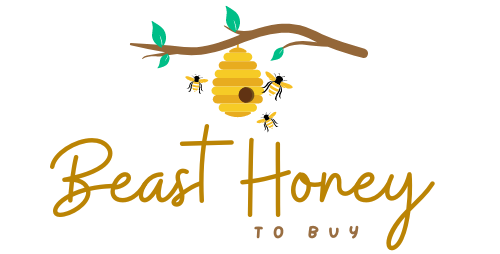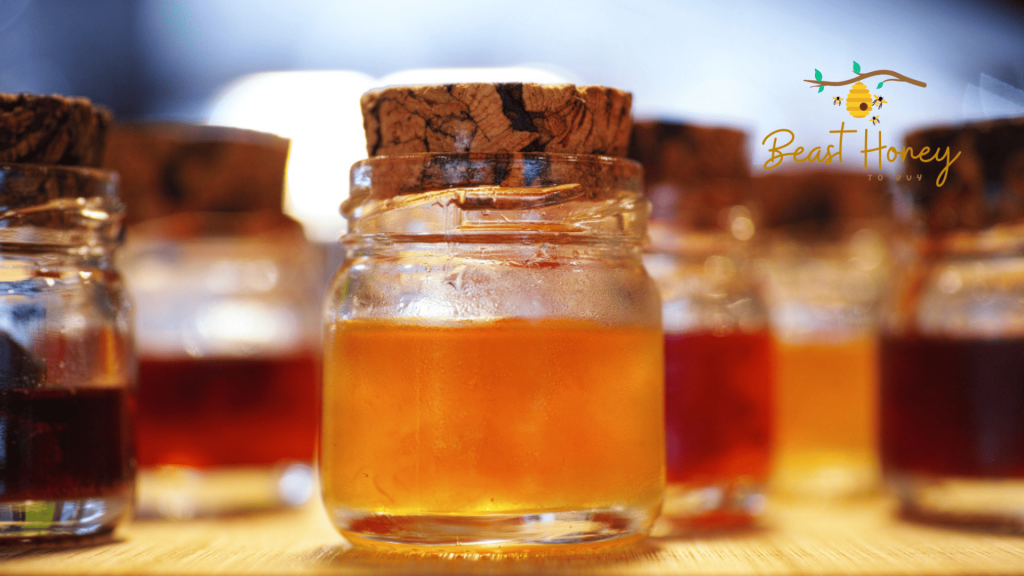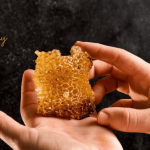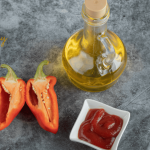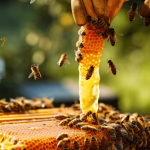Raw honey is amazing. It’s pure, natural, and full of flavor. Unlike processed honey, it’s not heated or filtered. This keeps its nutrients, enzymes, and taste intact. But where can you find real raw honey? Should you shop at farmers markets or buy from online stores? Both have pros and cons. In this blog post, we’ll compare farmers markets and online stores. We’ll share tips to find the best raw honey near you. Let’s get started!
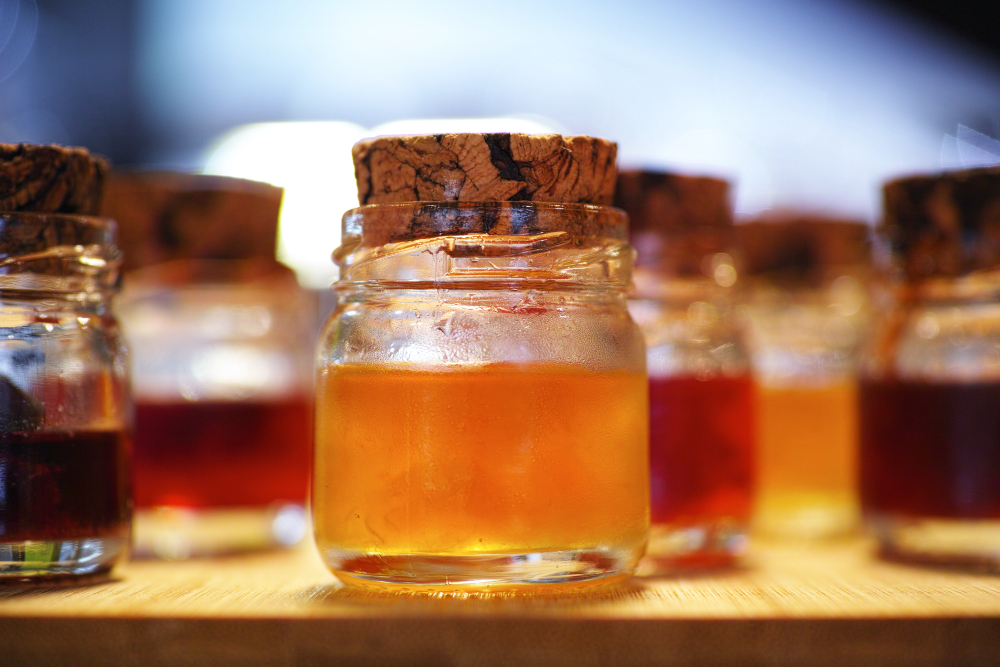
What Is Raw Honey?
Raw honey comes straight from the beehive. Beekeepers collect it without heating or heavy filtering. This keeps its vitamins, antioxidants, and enzymes. It’s thicker and sometimes has bits of pollen or wax. That’s a good sign—it’s natural! Raw honey tastes richer than store-bought honey. It’s great for health, like soothing sore throats or boosting energy.
Why Buy Raw Honey?
Raw honey is special. Here’s why people love it
- More Nutrients: It has vitamins, minerals, and antioxidants.
- Better Taste: It’s bold, floral, and unique to each region.
- Health Benefits: It may help with allergies, digestion, or colds.
- Supports Bees: Buying raw honey helps local beekeepers and pollinators.
But finding real raw honey can be tricky. Let’s explore your options: farmers markets and online stores.
Farmers Markets: The Local Choice
Farmers markets are vibrant and fun. They’re a great place to find raw honey. Beekeepers often sell directly to customers. Here’s what makes farmers markets a good choice.
Pros of Buying at Farmers Markets
- Meet the Beekeeper: You can talk to the person who made the honey. Ask about their bees and process.
- Try Before You Buy: Many vendors offer samples. Taste different flavors, like clover or wildflower.
- Fresh and Local: The honey comes from nearby. It’s often harvested recently.
- Supports Small Businesses: Your money goes to local beekeepers, not big companies.
- Eco-Friendly: Less shipping means a smaller carbon footprint.
Cons of Farmers Markets
- Limited Hours: Markets are only open certain days or times.
- Weather Issues: Rain or cold can cancel markets.
- Small Selection: You might find only a few types of honey.
- Higher Prices: Local honey can cost more than online deals.
Tips for Buying at Farmers Markets
- Ask Questions: Where are the bees kept? Is the honey raw and unfiltered?
- Check Labels: Look for “raw,” “unpasteurized,” or “unfiltered.”
- Bring Cash: Some vendors don’t take cards.
- Go Early: Popular honeys sell out fast.
- Look Local: Search “farmers markets near me” online. Sites like LocalHarvest.org list markets by zip code.
Example: My Farmers Market Trip
Last weekend, I visited a market in my town. A beekeeper named Sarah had a stall. She offered raw wildflower honey. I tried a sample—it was sweet with a hint of berries. She told me her bees live in a nearby orchard. No pesticides! I bought a small jar for $12. It felt good to support her and get fresh honey.
Online Stores: The Convenient Choice
Online stores make shopping easy. You can find raw honey from anywhere, anytime. Big retailers and small beekeepers sell online. Here’s what you need to know.
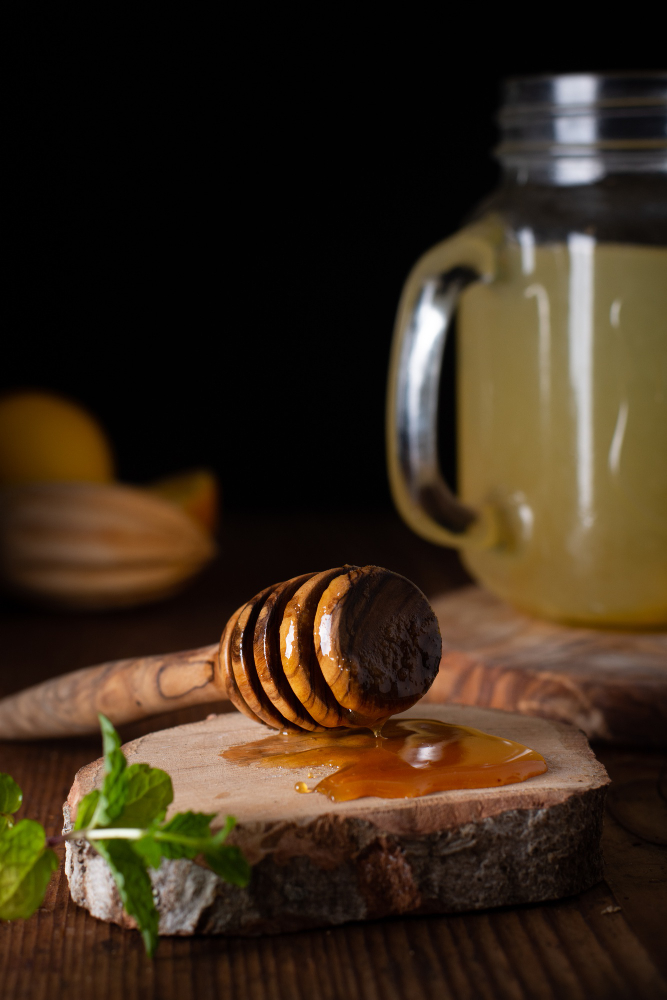
Pros of Buying Online
- Huge Selection: Choose from hundreds of brands, flavors, and regions.
- Convenience: Shop from home. Honey arrives at your door.
- Reviews: Read what other buyers say about taste and quality.
- Specialty Honey: Find rare types, like Manuka or organic raw honey.
- Compare Prices: Easily find deals or bulk options.
Cons of Online Stores
- Can’t Taste It: You won’t know the flavor until it arrives.
- Shipping Costs: Delivery fees can add up, especially for small orders.
- Risk of Fakes: Some sellers mix raw honey with syrup or processed honey.
- Less Personal: You miss the face-to-face connection with beekeepers.
- Environmental Impact: Shipping creates more waste than local buying.
Tips for Buying Online
- Check Reviews: Look for detailed feedback about taste and texture.
- Read Labels: Ensure it says “raw,” “unfiltered,” or “unpasteurized.”
- Buy from Trusted Sites: Stick to well-known stores or beekeeper websites.
- Look for Certifications: Organic or non-GMO labels are a good sign.
- Start Small: Order a small jar to test quality before buying more.
Example: My Online Honey Order
I wanted to try Manuka honey. I found a brand on Thrive Market. It was labeled “raw, unfiltered, UMF 10+.” Reviews said it was creamy and strong. I paid $25 for a 250g jar, plus $5 shipping. It arrived in a week, packed safely. The taste was bold and medicinal. I loved it, but I wished I could’ve sampled it first.
Farmers Markets vs. Online Stores: Which Is Better?
Both options are great, but it depends on what you want. Here’s a quick comparison:
- Quality: Farmers markets often have fresher, more authentic honey. Online stores vary—some are excellent, others sell fakes.
- Price: Markets can be pricier ($10-$20 per jar). Online stores have deals but add shipping.
- Convenience: Online wins for ease. Markets need time and travel.
- Experience: Markets feel personal and fun. Online is quick but less engaging.
- Selection: Online has more variety. Markets are limited to local options.
If you love local vibes and meeting beekeepers, choose farmers markets. If you want variety or can’t visit a market, go online.
How to Spot Real Raw Honey
Whether at a market or online, make sure it’s real. Here’s what to look for:
- Texture: Raw honey is thick and cloudy. It may have tiny bits of wax or pollen.
- Crystallization: It often forms fine crystals over time. This is normal!
- Taste: It’s rich, not just sweet. Each type (like clover or buckwheat) tastes unique.
- Label: Words like “raw,” “unfiltered,” or “unheated” are good signs.
- Test It: Real raw honey doesn’t dissolve fast in cold water. It sinks in a clump.
Red Flags to Avoid
Watch out for fake raw honey:
- Too Cheap: Real raw honey isn’t dirt-cheap. Bargains might be processed.
- Clear and Runny: If it looks like syrup, it’s likely filtered.
- No Source: If the seller can’t say where it’s from, skip it.
- Overly Sweet: Fake honey lacks the complex flavor of raw honey.
Where to Find Farmers Markets and Online Stores
Finding Farmers Markets
- Online Tools: Use LocalHarvest.org or USDA’s Farmers Market Directory. Enter your zip code.
- Social Media: Check Facebook or Instagram for local market pages.
- Community Boards: Look at library or grocery store bulletin boards.
- Ask Around: Friends or neighbors might know good markets.
Finding Online Stores
- Big Retailers: Amazon, Thrive Market, or iHerb sell raw honey. Check reviews.
- Beekeeper Websites: Many beekeepers sell directly. Search “raw honey online” or “local beekeepers.”
- Specialty Stores: Sites like RawHoney.com or BeeRaw.com focus on quality.
- Etsy: Small beekeepers sell here. Look for high ratings.
Safety Tips for Buying Raw Honey
Raw honey is safe for most people, but be careful:
- No Babies: Don’t give raw honey to kids under one. It can cause botulism.
- Allergies: Test a small amount first. Watch for rash or swelling.
- Storage: Keep it in a cool, dry place. It lasts years if sealed.
- Check Quality: If it smells off or ferments, toss it.
Final Thoughts
Raw honey is a delicious, healthy treat. You can find it at farmers markets or online stores. Markets offer fresh, local honey and a fun experience. Online stores give you variety and convenience. Both are great if you choose wisely. Look for “raw” and “unfiltered” labels. Ask questions and check reviews. Whether you’re tasting at a market or clicking “buy now,” you’ll love the flavor and benefits. Found a great raw honey source? Share it in the comments! Let’s spread the buzz about real honey.
For more information, visit , https://besthoneytobuy.com/
